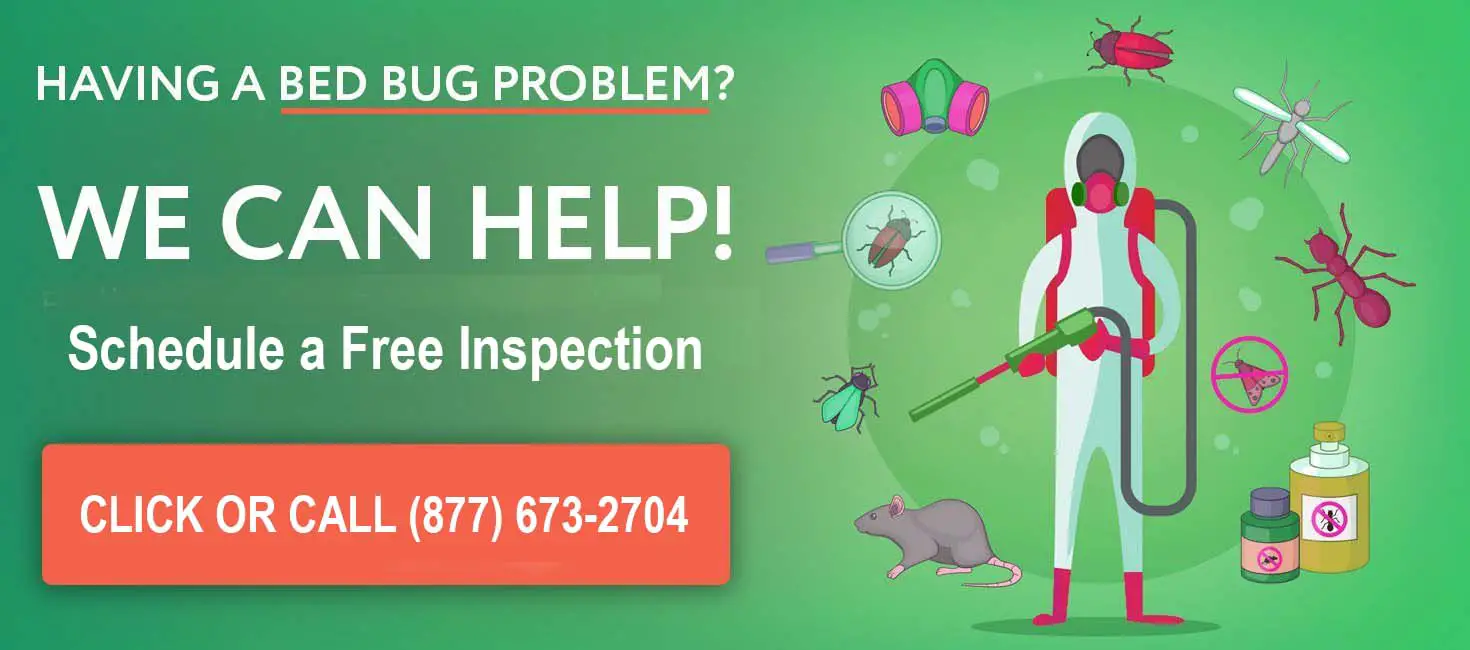Call 1-877-673-2704 for a free extermination quote or do-it-yourself with our featured bed bug kit.
What’s Biting You? How to Solve the Mystery of Invisible Bites
by Oley
(Beckley WV)
Reader Question: Unseen Bites That Itch and Disappear
I'm being bitten by something that I can not see some times it feels almost like a sting and then a whelp will appear and will start to itch and the more you scratch it the better it feels with in about 48 hours or less the itch is pretty much gone i had my carpets cleaned really slowed down the torment sprayed the bed with Lysol spray and that helped but still feel a few bites now and then what is it???Our Response
Hi Oley, thank you for your question. It sounds like you’re dealing with an incredibly frustrating situation. Unseen bites that sting and itch could be caused by a variety of factors. Let’s explore the possibilities and what you can do to identify and resolve the issuePossible Causes of Invisible Bites
- Bed Bugs: Bed bug bites often go unnoticed until after the bug has fed. They can cause itchy welts to appear in a line or cluster. However, since your symptoms have improved with carpet cleaning and Lysol, this may not be the primary issue.
- Fleas: If you have pets or spend time outdoors, fleas could be the culprit. Flea bites are small, itchy, and often concentrated on the lower body.
- Mites: Certain types of mites, such as bird mites or rodent mites, can bite humans. These are very small and difficult to see without magnification.
- Allergic Reaction: Some people experience allergic reactions to insect bites or environmental allergens, leading to welts and itching that mimic bites.
- Environmental Irritants:Detergents, cleaning products, or other irritants in your environment might cause similar skin reactions, especially if you’ve recently changed products or cleaned your carpets.
Steps to Identify the Cause
- Inspect Your Home: Check your mattress, bedding, and furniture for signs of bed bugs, fleas, or mites. Look for black fecal spots, shed skins, or live bugs.
- Monitor Your Symptoms: Pay attention to the timing and location of bites. Are they worse at night, or do they appear after spending time in a specific room?
- Eliminate Possible Sources: Consider recent changes in your environment, such as new detergents, cleaning products, or contact with pets or wildlife.
What You Can Do Right Now
- Continue Cleaning: Vacuum your carpets, furniture, and mattresses regularly to remove potential pests or allergens. Dispose of the vacuum bag immediately in a sealed plastic bag.
- Protect Your Bed: Use a bed bug-proof mattress and pillow encasement to eliminate hiding spots for pests.
- Apply Relief for Bites: Use an over-the-counter hydrocortisone cream or antihistamine to reduce itching and inflammation. Avoid scratching to prevent irritation or infection.
- Use Monitors: Set up sticky traps or bed bug interceptors to monitor for pest activity in your home.
When to Seek Professional Help
If the bites persist despite your efforts, consider contacting a pest control professional to inspect your home. They can help identify the source of the problem and recommend effective treatment options.Best regards,
Jeff
Editor and Publisher
Bed Bugs Handbook
Join in and write your own page! It's easy to do. How? Simply click here to return to Bug Bites.

